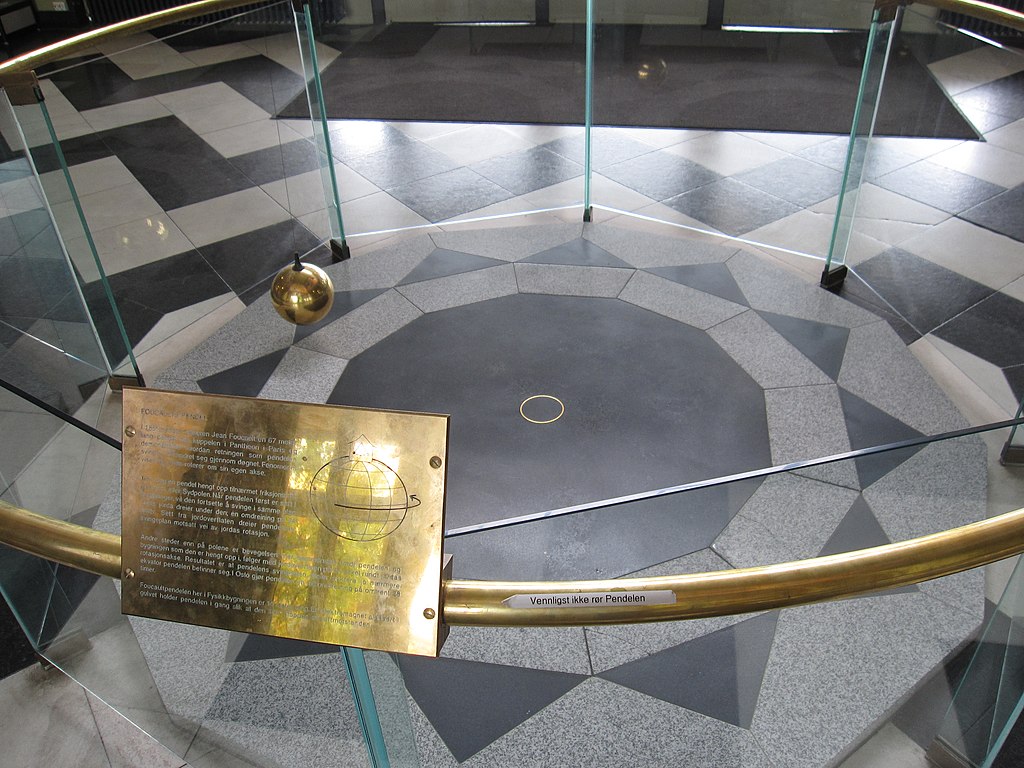We want to estimate the mean period \(\bar{T}\) and its uncertainty \(\sigma_T\) with \(N\) measurements of the time \(t_i\) for a number of periods per measurement \(n_i\), where each time measurement has the same uncertainty \(\sigma_t\).
The mean period can be estimated by minimizing the \(\chi^2\) of the measurements with respect to the mean period \(\bar{T}\), \(\chi^2 = \sum_{i=1}^N {(t_i-n_i\bar{T})^2\over \sigma_t^2}\), by setting the first derivative to zero: \({\partial \chi^2\over\partial\bar{T}} = 0 = \sum_{i=1}^N{-2 n_i(t_i-n_i \bar{T})\over \sigma_t^2}\). This can be solved for the mean period, \(\bar{T} ={\sum_{i=1}^Nn_i t_i\over \sum_{i=1}^N n_i^2}\).
To find the uncertainty on the mean period we use the second derivative of the \(\chi^2\): \({1\over\sigma_T^2} = {1\over 2}{\partial^2\chi^2\over \partial \bar{T}^2} = \sum_{i=1}^N{n_i^2\over \sigma_t^2}\), which results in \({\sigma_T^2} = {\sigma_t^2\over \sum_{i=1}^N n_i^2}\).
The time resolution per measurement might be known for the instrument being used, or it can be estimated from the standard deviation with respect to the product of \(\bar{T}\) and the number of periods per measurement: \(\sigma_t^2\simeq {1\over N-1}\sum_{i=1}^N (t_i-n_i\bar{T})^2.\)
These formulae for variable \(n_i\) simplify to well-known results for two typical cases of constant \(n_i\):
- Perform \(N\) measurements of 1 period at a time (\(n_i=1\)): \(\bar{T}\pm\sigma_T = {\sum_{i=1}^N t_i\over N} \pm {\sigma_t\over\sqrt{N}}\)
- Perform \(N\) measurements of a constant number of periods at a time (\(n_i = m\)): \(\bar{T}\pm\sigma_T = {1\over m}{\sum_{i=1}^N t_i\over N} \pm {1\over m}{\sigma_t\over\sqrt{N}}\)
The two cases above make it clear that the best strategy is to measure the time for a large number of periods, rather than making many measurements of one period at a time.
